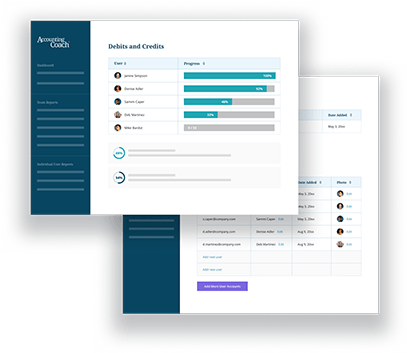Definition of Income Statements of Sole Proprietorship and Regular Corporation
The income statement of a sole proprietorship and a regular corporation reports their revenues, expenses, gains, losses, and net income. However, there are two noteworthy differences:
- The income statement of the sole proprietorship does not report as an expense any salary or wages for the owner working in the business. However, the regular corporation’s income statement does include the owner’s salary or wages as an expense.
- The income statement of the sole proprietorship does not report the income tax associated with the net income (since the owner is responsible for reporting the business income on the owner’s personal income tax return). However, the regular corporation’s income statement does report the income tax expense associated with the corporation’s net income (since the corporation is responsible for reporting and remitting the corporation’s income taxes).
Neither income statement reports distributions of profits to the owners.
Examples of Income Statements of Sole Proprietorship and Regular Corporation
Assume that both a sole proprietorship and a regular corporation had revenues and gains of $350,000 and expenses and losses of $200,000 (not counting any compensation for the owner). In addition, the stockholder working in the corporation earns a salary of $80,000. The owner of the sole proprietor works as hard, but instead of a salary, draws $80,000 for personal use. The regular corporation pays a $10,000 cash dividend and its income tax rate is 15%.
The income statement of the sole proprietorship will report net income of $160,000 ($360,000 – $200,000).
The corporation’s income statement will report net before income tax of $80,000 ($360,000 – $280,000) and net income after tax of $68,000 ($80,000 – $12,000).
As a result of these two differences, the net income (which is the bottom line of the income statements) will be different. In the case of the sole proprietorship, the net income is the total amount that the owner has earned before income taxes for 1) the capital invested in the business and 2) the owner’s compensation for working in the business. In the case of a regular corporation owned by one person, the owner has earned the salary (which was included in salary expense on the income statement) and has also earned the reported amount of net income or net loss.
Neither the draws made by the sole proprietor nor the dividends distributed by a regular corporation are reported on the income statement.




